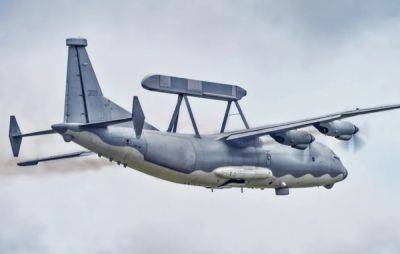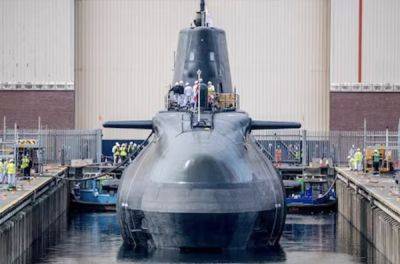US-China racing to field and counter drone swarms
China’s recent air defense drills have highlighted the formidable challenge of neutralizing fast-moving drone swarms, a weapon poised to be a mainstay of future wars and likely deployed by the US in any Taiwan conflict.
This month, the South China Morning Post (SCMP) reported that China’s military recently conducted air defense drills to test its capabilities against drone swarm attacks, exercises that reportedly revealed significant challenges in accurately targeting the small, fast-moving threats.
According to a Chinese state broadcaster CCTV report, the People’s Liberation Army (PLA) achieved just 40% damage in a first round of anti-aircraft artillery launched against a drone swarm.
Duan Xiaolong, from the PLA Ground Force’s 77th Group Army, noted the difficulty in hitting drones due to their speed, small size and ability to change flight trajectories.
The SCMP report says the exercise underscored China’s ongoing efforts to enhance its drone capabilities through investment in more innovative and faster unmanned aerial vehicles (UAVs), part of a global race to develop cost-effective countermeasures to the increasingly sophisticated aerial threats.
In an August 2024 Proceedings article, Karl Flynn highlights the cost dilemma defenders face when using high-end systems like surface-to-air missiles (SAMs) against cheap, mass-produced drones.
Flynn mentions that, as shown by the ongoing Ukraine war, commercial drones with cameras can cost a few hundred dollars, while an Iranian Shahed-136 drone deployed by Russia runs at around US$20,000 per unit.
That compares to the cost of short-range SAMs like the IRIS-T, which runs at around $450,000 per projectile. The disparity means defenders quickly deplete their expensive missile






